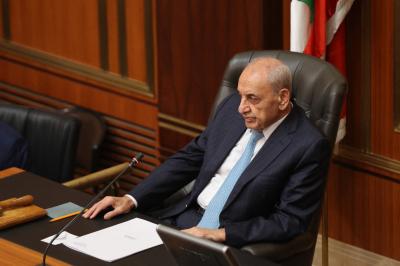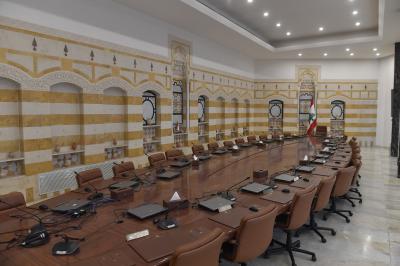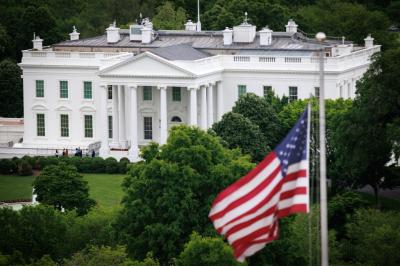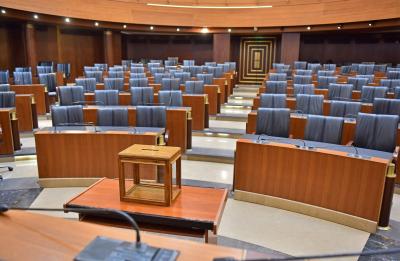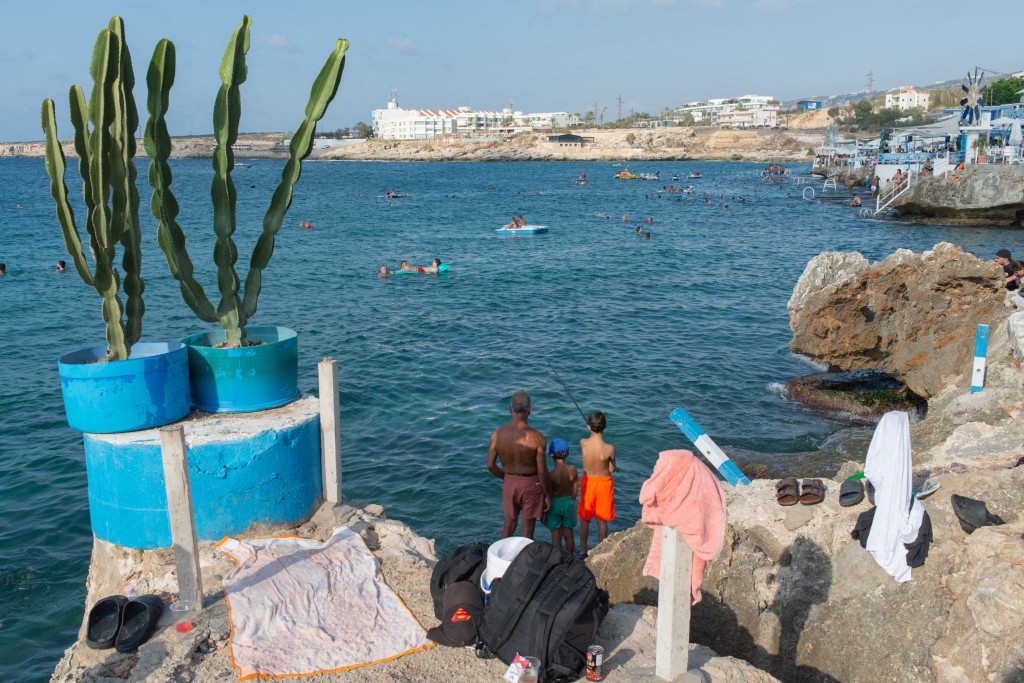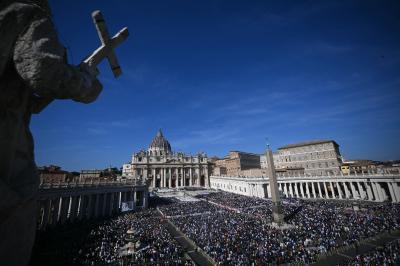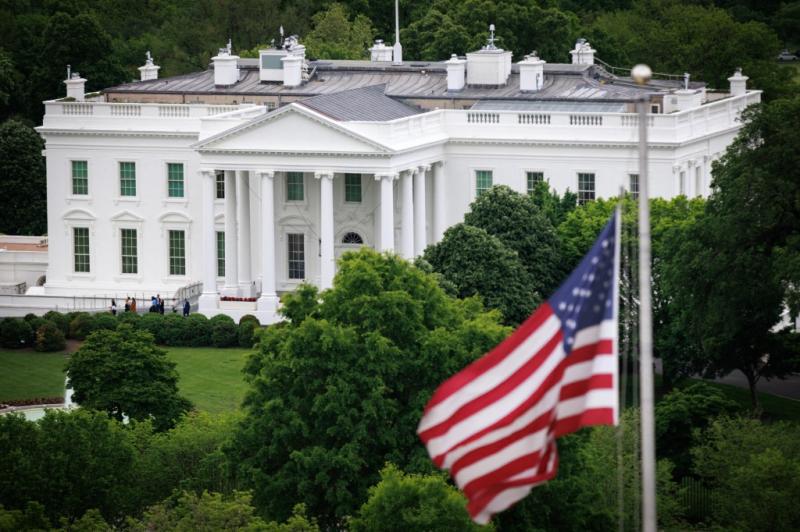As the summer of 2025 begins, a familiar question returns to the minds of Lebanese citizens: where can one swim safely along the country’s coastline? Amid growing concerns over marine pollution, answers were provided this year through the annual report published by the National Center for Marine Sciences, an affiliate of the National Council for Scientific Research. The findings were unveiled on June 26 during a Marine Environment Conference hosted by the Ministry of Environment at the Grand Serail. Dr. Milad Fakhry, the center’s director, delivered a detailed presentation on the state of Lebanon’s beaches.
The report is based on sea water quality testing conducted in 38 locations along the Lebanese coast, from Al Arida in the North to Naqoura in the South. The tests focused on measuring bacterial contamination and determining the suitability of beaches for swimming. Results show that 24 out of 38 locations—roughly 63 percent—are deemed safe for swimming. Meanwhile, 8 locations fall into the “caution to critical” category, and 6 sites were labeled polluted and completely unsafe for swimming.
Speaking to environmental journalist Moustafa Raad, he emphasized that while the numbers provide a realistic snapshot of the current environmental situation, they only reflect the condition of a single test point within each site—meaning they are representative of that specific spot, not the entire beach or area.
What is to be noted this year is a slight decline in beach cleanliness quality compared to 2024: the number of clean beaches dropped from 25 to 24. The number of “caution to unsafe” beaches rose from 7 to 8, while polluted beaches increased from 5 to 6. Several beaches previously classified as “very clean” saw a downgrade to either “good” or “caution” status, including Anfeh (below Deir El Natour), Selaata, the public “Bahsa” beach in Batroun, Fidar, Bouar, Safra, and Jounieh (near Maameltein). On the upside, beach conditions in Qlayaat (Akkar) and Ghazieh (South Lebanon) improved from “critical” to “caution.” A new station was also added this year: Abbassieh, located within the Tyre marine reserve, was classified as “very clean.”
The beaches officially deemed safe for swimming in 2025 are:
- Tripoli (municipal stadium area)
- Minieh
- Anfeh (Deir El Natour and Sous-le-Vent)
- Héri
- Selaata
- Batroun (Bahsa and Hamma)
- Amchit
- Byblos (Bahsa and the public beach)
- Fidar
- Aaqibeh
- Bouar
- Safra
- Maameltein
- Khaldeh
- Damour
- Jiyeh
- Rmayleh
- Adloun
- Abbassieh
- Tyre (marine reserve)
- Naqoura
Beaches classified as “caution” zones include:
- Qlayaat
- Tripoli (Abdel Wahab area)
- Ain el Mreisseh (Beirut)
- Awali (north of Sidon)
- Sidon public beach
- Ghazieh public beach
- Sarafand public beach
- Tyre (restaurant zone)
Meanwhile, the beaches considered unsafe for swimming are:
- Tripoli public beach
- Jounieh (near the port)
- Dbayeh
- Antelias
- Manara (Beirut)
- Ramlet el-Baida (Beirut)
Beyond water safety, the report offered a glimmer of good news regarding Lebanon’s marine biodiversity. Tests conducted on 11 species of fish revealed that all contained only minimal traces of heavy metals—deemed safe for consumption and posing no health threat.
In sum, Lebanon’s marine environmental scene in 2025 presents a mix of concern and hope. While some deterioration in water quality is evident, a significant number of beaches remain safe for swimming and recreation. Until more robust protective measures are adopted by the state and municipalities to combat worsening pollution, public environmental awareness and reliance on scientific data remain essential for making informed summer choices.
Please post your comments on:
[email protected]
 Politics
Politics
